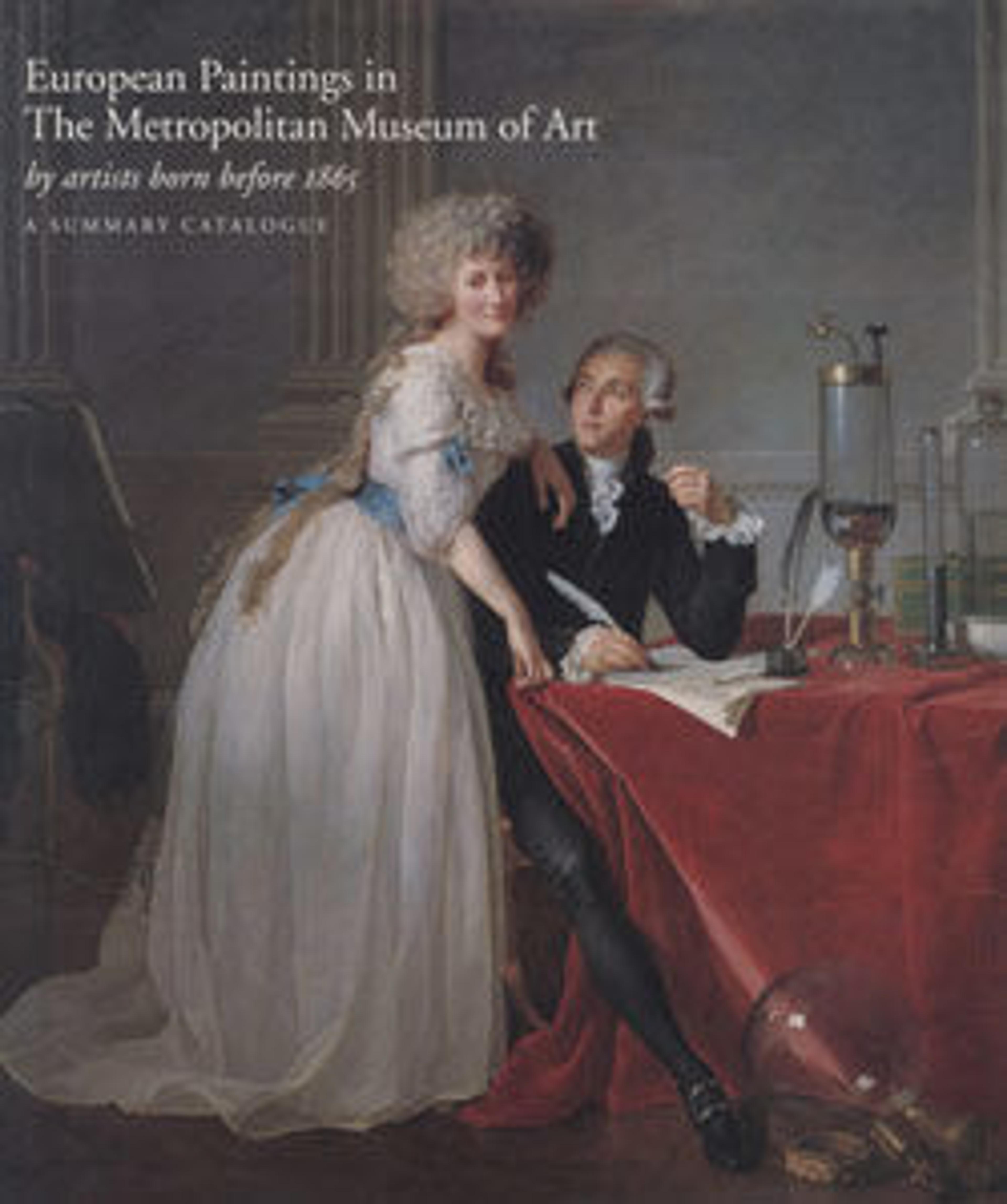Saint Lucy and Her Mother at the Shrine of Saint Agatha; Saint Lucy Giving Alms; Saint Lucy before Paschasius; Saint Lucy Resisting Efforts to Move Her
Saint Lucy was martyred in 303, at the height of Diocletian's persecutions of the Christians, for proclaiming her faith and distributing her goods to the poor. These four scenes of her life include Saint Agatha appearing to Lucy in a vision and foretelling the healing of her mother; the distribution of her inheritance; her refusal to sacrifice to idols; and the failure of oxen to drag her to a brothel. A further scene showing her Last Communion and Martyrdom belongs to a private collection, while a sixth is known from an engraving. The narrative scenes may have originally flanked an image of Saint Lucy Enthroned (Yale University Art Gallery, New Haven).
Cristiani was active principally in the Tuscan city of Pistoia, and these are among his most attractive pictures.
Cristiani was active principally in the Tuscan city of Pistoia, and these are among his most attractive pictures.
Artwork Details
- Title: Saint Lucy and Her Mother at the Shrine of Saint Agatha; Saint Lucy Giving Alms; Saint Lucy before Paschasius; Saint Lucy Resisting Efforts to Move Her
- Artist: Giovanni di Bartolommeo Cristiani (Italian, Florence, active 1367–98)
- Medium: Tempera on wood, gold ground
- Dimensions: (.4 and .3) 9 3/4 x 15 1/8 in. (24.8 x 38.4 cm); (.1) 9 1/2 x 15 1/4 in. (24.1 x 38.7 cm); (.2) 10 x 15 in. (25.4 x 38.1 cm)
- Classification: Paintings
- Credit Line: Rogers Fund, 1912
- Object Number: 12.41.1–4
- Curatorial Department: European Paintings
More Artwork
Research Resources
The Met provides unparalleled resources for research and welcomes an international community of students and scholars. The Met's Open Access API is where creators and researchers can connect to the The Met collection. Open Access data and public domain images are available for unrestricted commercial and noncommercial use without permission or fee.
To request images under copyright and other restrictions, please use this Image Request form.
Feedback
We continue to research and examine historical and cultural context for objects in The Met collection. If you have comments or questions about this object record, please contact us using the form below. The Museum looks forward to receiving your comments.
